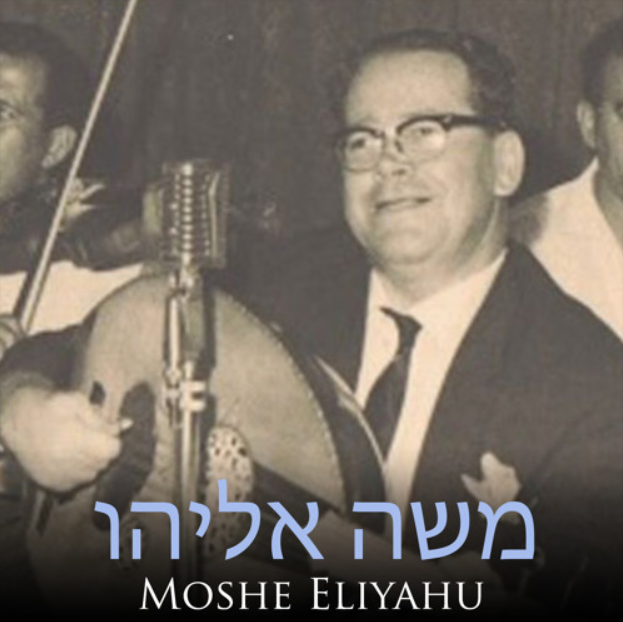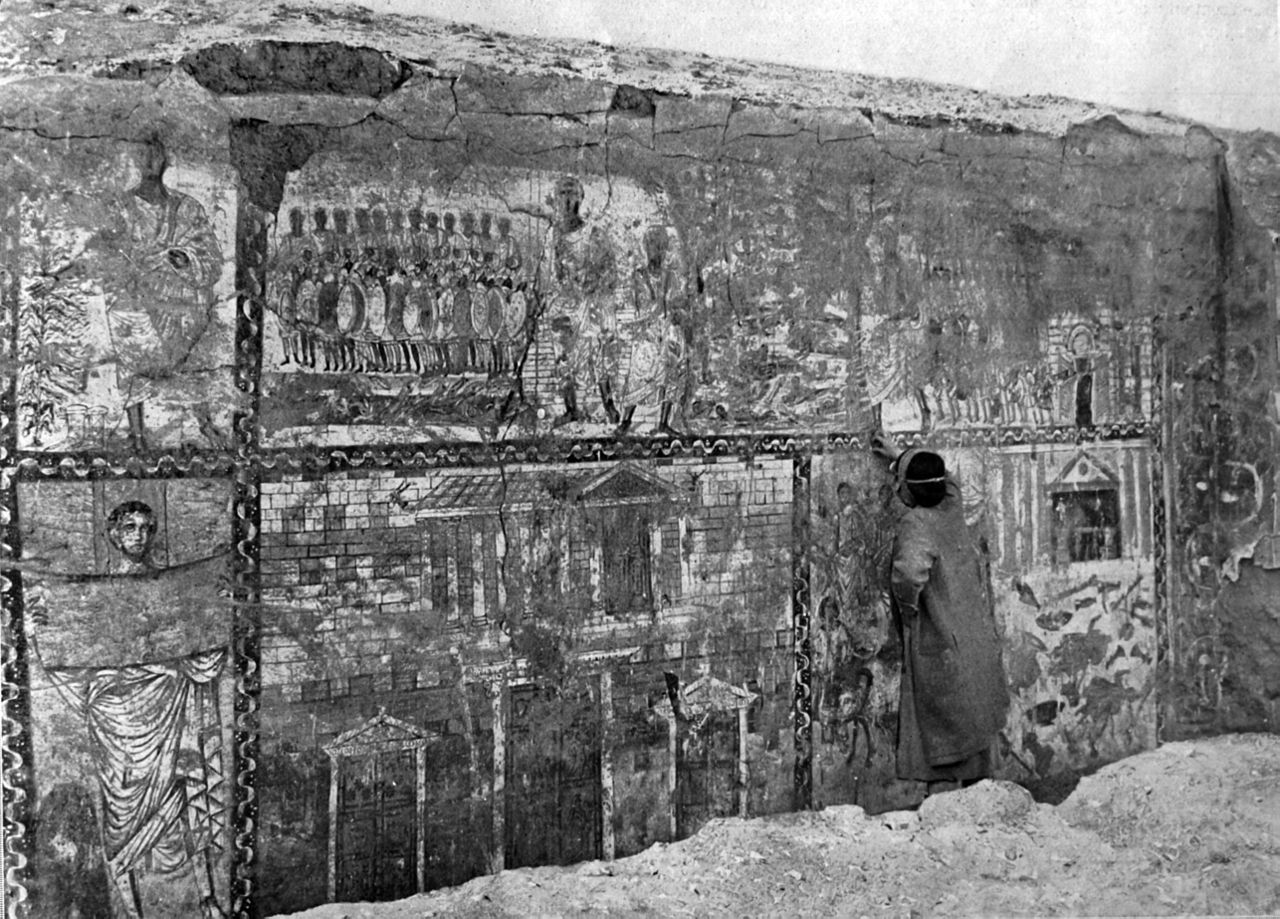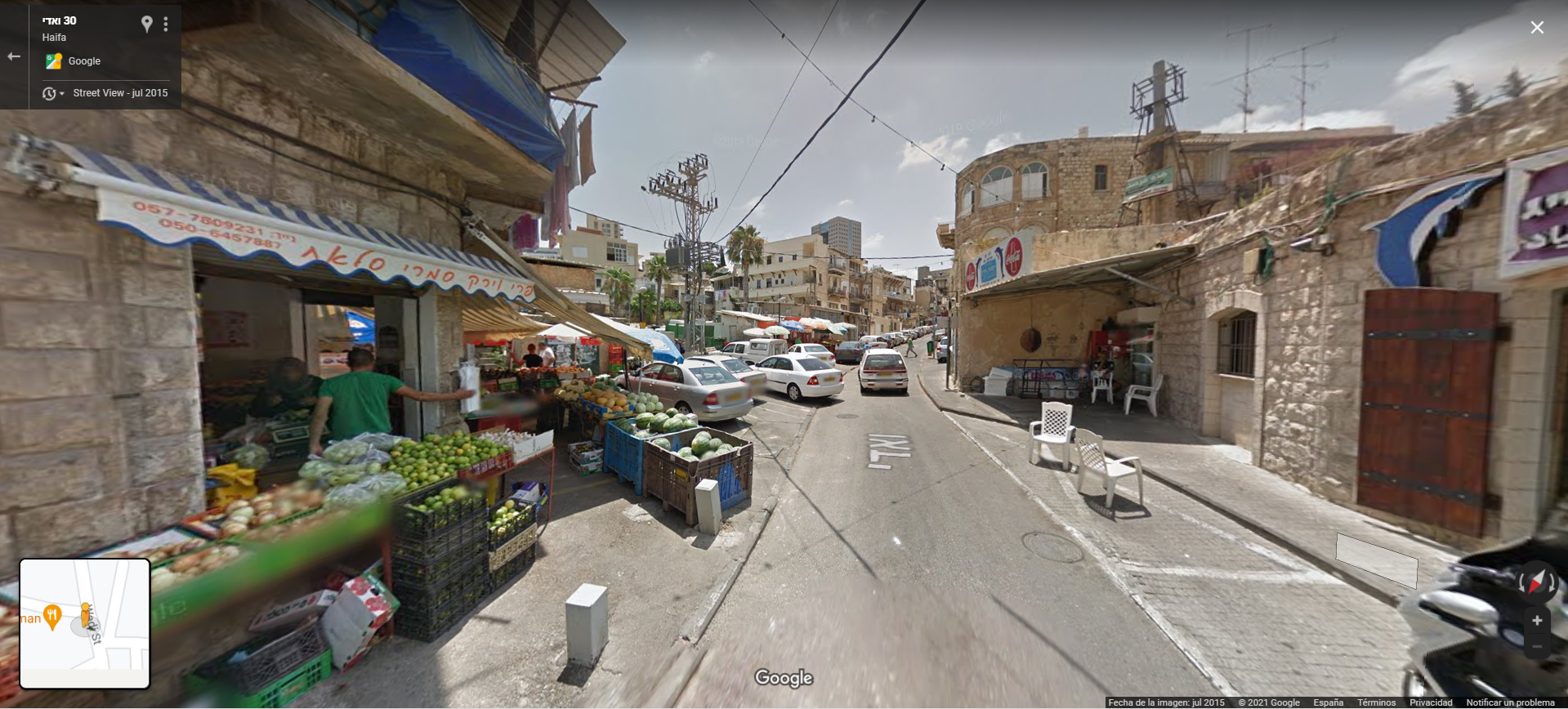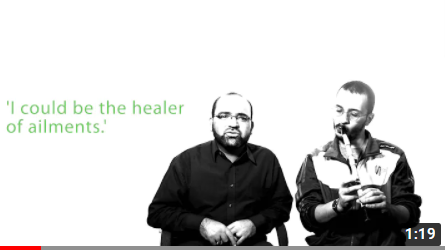October 29th, 2021, Shabbat is almost here!
And today we will listen to the Syrian master singer and oudist Moshe Eliyahu.
 Hello, how are you? I hope well. Today, when this email is being sent, I am in Porto, Portugal, for the fair WOMEX, that is the biggest fair of world music all over the world. I have a showcase by my Ukrainian band Hudaki Village Band.
Hello, how are you? I hope well. Today, when this email is being sent, I am in Porto, Portugal, for the fair WOMEX, that is the biggest fair of world music all over the world. I have a showcase by my Ukrainian band Hudaki Village Band.
And today I have chosen another male voice, another outstanding artist whose performances stir your emotions. And again, he is from one of those places that used to have a strong community of Jews in a time not so far away: Damascus. I hope you’ll enjoy it.
| Share this with a friend, right from here |
About Moshe Eliyahu
Moshe Eliyahu was born in Damascus in 1919 and died in Israel in 1994. Since he lived so late into the 20th century, I thought his biography would be well detailed and located in some of my usual sources on chazzanim and singers. But it is not.
Searching for his name in Hebrew I found an article signed by Yaniv Rabbi in Walla! Judaism, in which the author explains that he has done the same as me: search for the artist on the internet, with little result. That is why he calls him “the great poet who was forgotten”. This article was done on the occasion of a tribute night to Eliyahu in the Piyut Festival in Jerusalem in 2013. I believe that the fact of this article been in Hebrew complicates its dissemination so let me join Yaniv in his work to recover Eliyahu from the oblivion. His work is the man source of my bio. I will translate (with the support of an automatic translator) and summarice it.
To be fair, later in 2013, the Youtube channel of An invitation to Piyut (that I mentioned in the previous edition), published this documentary about his life. It is in Hebrew without subtitles :(.
Moni Armoza, the host and creator of the tribute show to Moshe Eliyahu, is the person who told Yaniv about Eliyahu’s biography. Armoza knew Eliyahu previously and worked to take him to perform in several environments in Jerusalem.
Moshe Eliyahu was an Arab and Jewish singer, bard, and cantor. He became popular with pieces like his melody to “Nagila Hallelujah“, as well as songs that were great folk.
This ? is a picture of the excavation of the Dura Europos synagogue paintings in 1932-1933: the West Wall. It is in Syria. The picture is of public domain and it was done in 1933. I got it from here. I have chosen this picture because I think it illustrates for how long the Jews have been in the land of Syria. This synagogue dates of the III century. It is not in Damascus, the place where our protagonist was born. The Synagogue of Jobar, in the outskirts of Damascus, was destroyed in 2013. There is still a synagogue in Aleppo. I will come back to the history of Syrian Jews in a future.

Elijah grew up in Damascus in the 1950s. A wide range of voice and proven ability on the oud raised his name in Syria. He began to gain popularity among the citizens and even among the hostile Syrian regime. The then president gave Elijah the Jew silent permission to play the Arab songs. And so his songs were widely played on Damascus radio.
“When anti-Semitism made it impossible for him to make a living as a musician in Syria, however, Eliyahu made Aliyah to Israel. Once in the Jewish State, he continued writing and performing music, including the raucous Simcha Gedola Ha’Layla, (“Plenty of Joy Tonight”), his most popular song, an adaptation of a popular Arabic melody to which Eliyahu added a text celebrating the re-founding of the State of Israel.“ from The Sephardi World Weekly.
Eliyahu immigrated to Israel and settled in Wadi Nis Ness in Haifa, and after a successful career in Arabic, he turned to the Jewish world with whom he could have an open musical dialogue.

He performed in evenings of piyyutim in synagogues in Jerusalem like Addas, Chesed and Rahamim. He would play “Nagila Hallelujah” at the Edison Cinema, and from there the people took the song and sang it in the synagogues, so it rolled onto the Shabbat table and there is no doubt that the connection between the folk music of the hafalot and the synagogue is a direct connection of musical culture.

About the piece
The piece is performed in a maqam Al-Hijaz. Once more we find that term: maqam. So, again, “very basically, in the Arabic, Persian, Turkish… music a maqam is a scale, like a guide for performance, that defines a mood”.
And what about the maqam Al-Hijaz? This video by Mr. Nidal, teacher of maqamat, is very clear.
It’s time to enjoy the music:
Click the picture to listen to a performance in the maqam Al-Hijaz by Moshe Eliyahu:
